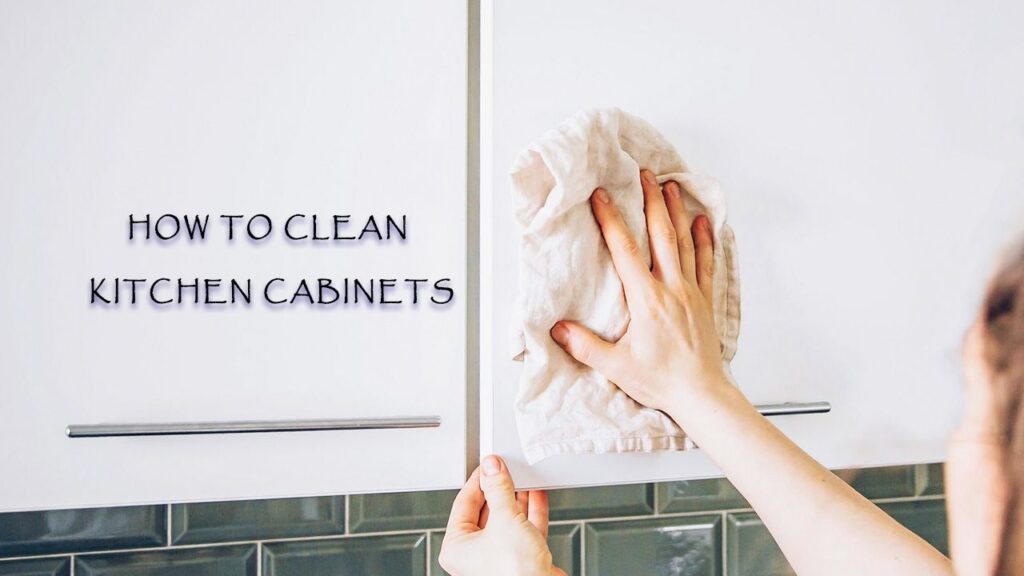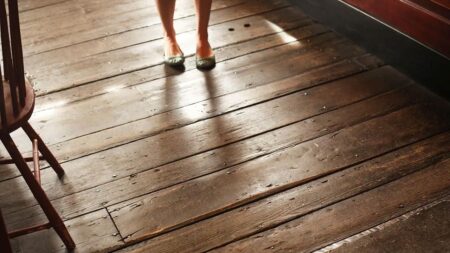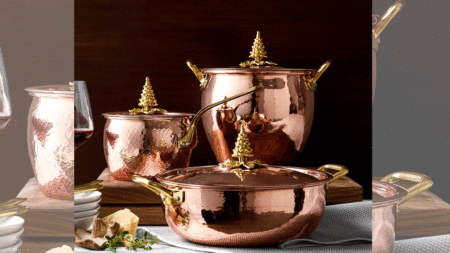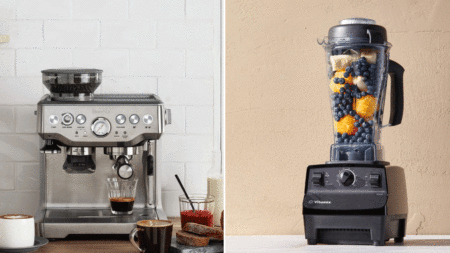Kitchen cabinets are one of the surfaces prone to accidental spills, food splatters, and greasy fingerprints, leading to a quick sticky buildup. This can make your kitchen rather dull and unappealing. To prevent that from happening, it is essential to clean kitchen cabinets regularly. Regular cleaning will help remove bacteria and viruses and tackle stains, grease, and grime.
It may seem challenging if you don’t know how to clean kitchen cabinets correctly. Once you know how to do it, the right products to use or avoid, and how to clean different material types, it all becomes a cake walk. Here is your ultimate guide to cleaning the kitchen cabinets, everything you need to know from daily tasks to deep cleaning and essential tips.
Material Needed:
- Cleaning cloths
- Old toothbrush
- Vacuum (optional)
- Bowls/bucket
- Liquid dish soap
- Distilled white vinegar
- All-purpose cleaner (optional)
- Baking soda (optional)
Instructions on How to Clean Kitchen Cabinets the Right Way
Step 1: Prepare the Cleaning Solution
Mix a mild solution of warm water and a few drops of liquid dish soap in a big bowl or a small bucket. This will help clean most cabinets. If you are using a commercial, all-purpose cleaner, be sure to read the instructions before using it. Then test the cleaner in a hidden spot on the cabinets to ensure that it won’t damage the finish.
Step 2: Empty the Cabinets
If you are doing a deep clean, this step is vital. Empty the contents of each cabinet, remove any torn shelf lining, and vacuum the cabinets to get rid of residue and crumbs before wiping them down. If you are doing one of the weekly cleanings, you can skip this step.
Step 3: Begin From the Top Down
Start working at the top cabinets first, and then work your way down. You can directly spray onto the surface to tackle heavy messes. Or simply spray onto a cleaning cloth and wipe the cabinet inside out. The edges and sides of the cabinets also need to be cleaned.
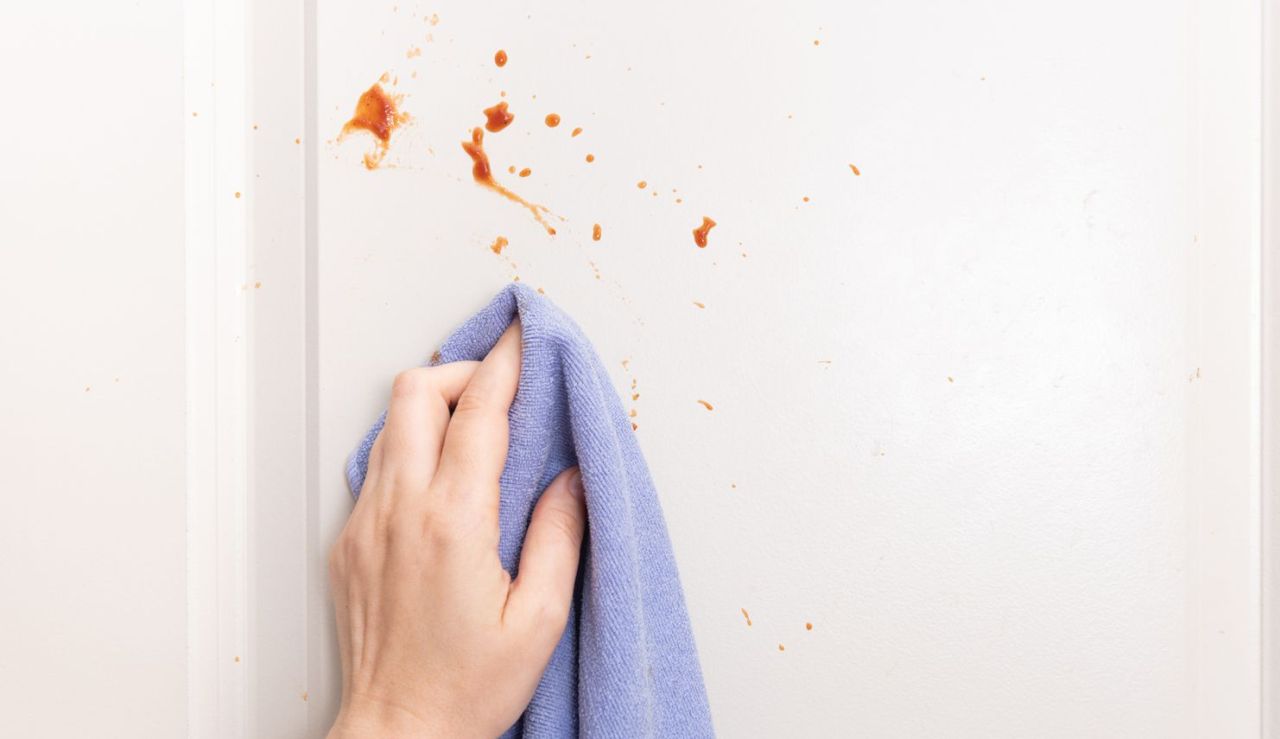
Step 4: Remove Grease Buildup
No kitchen content is safe from the cooking grease buildup. The yellowish sticky substance is not only unappealing to look at, but it can also affect the life of your kitchen cabinets. To get rid of grease buildup, an orange oil cleaner needs to sit and penetrate the grease for two to four minutes. Alternatively, you can make a paste of baking soda and water to scrub it with a soft-bristled brush.
Step 5: Wipe the Cleaner Off
Once you are done cleaning the cabinets with a cleaner solution, it is vital to wipe it off with another clean cloth before drying everything with a separate cloth. If you skip this step, the water residue on the cabinets can discolor and damage them.
Step 6: Clean Cabinet Hardware
Cabinet hardware, such as handles, knobs, and pulls, is just as important. For metal hardware on wood cabinets, use a toothbrush dipped in a solution of equal parts distilled white vinegar and warm water. Scrub the hardware, the adjacent wood, and the crevices of the ornate trim (if any).
How to Clean Stains on Kitchen Cabinets
Kitchen cabinets – under-counter and overhead – are prone to staining. These storage solutions are home to various essentials and ingredients and are often used daily. You may touch them with greasy fingers without thinking about it or noticing it. The cabinets above the stovetop will get cooking grease. Under-counter cabinets can be splattered with food or beverages without notice. It could be anything from these to something else. It is important to know what type of stains you are dealing with and how to clean them.
Fingerprint Stains
Even if your fingers are clean, they will leave an oily residue, which can build up over time into ugly stains. These unsightly marks can be either on cabinet doors/or hardware. Vinegar can be used to remove fingerprints from kitchen cabinets. Damp a cloth in a 50-50 solution of water and vinegar, wipe the prints with the dampened cloth, and buff clean with a polishing cloth.
Kitchen Grease
The overhead counters see an accumulation of cooking grease over time. Storage above the cooking range can get grease stains, which may seem impossible to get rid of. Fortunately, they are easy to clean with diluted vinegar. You may need to wipe them off a couple of times with a soft fabric to entirely eliminate the stains. Do this weekly and keep the kitchen cabinets free of grease.
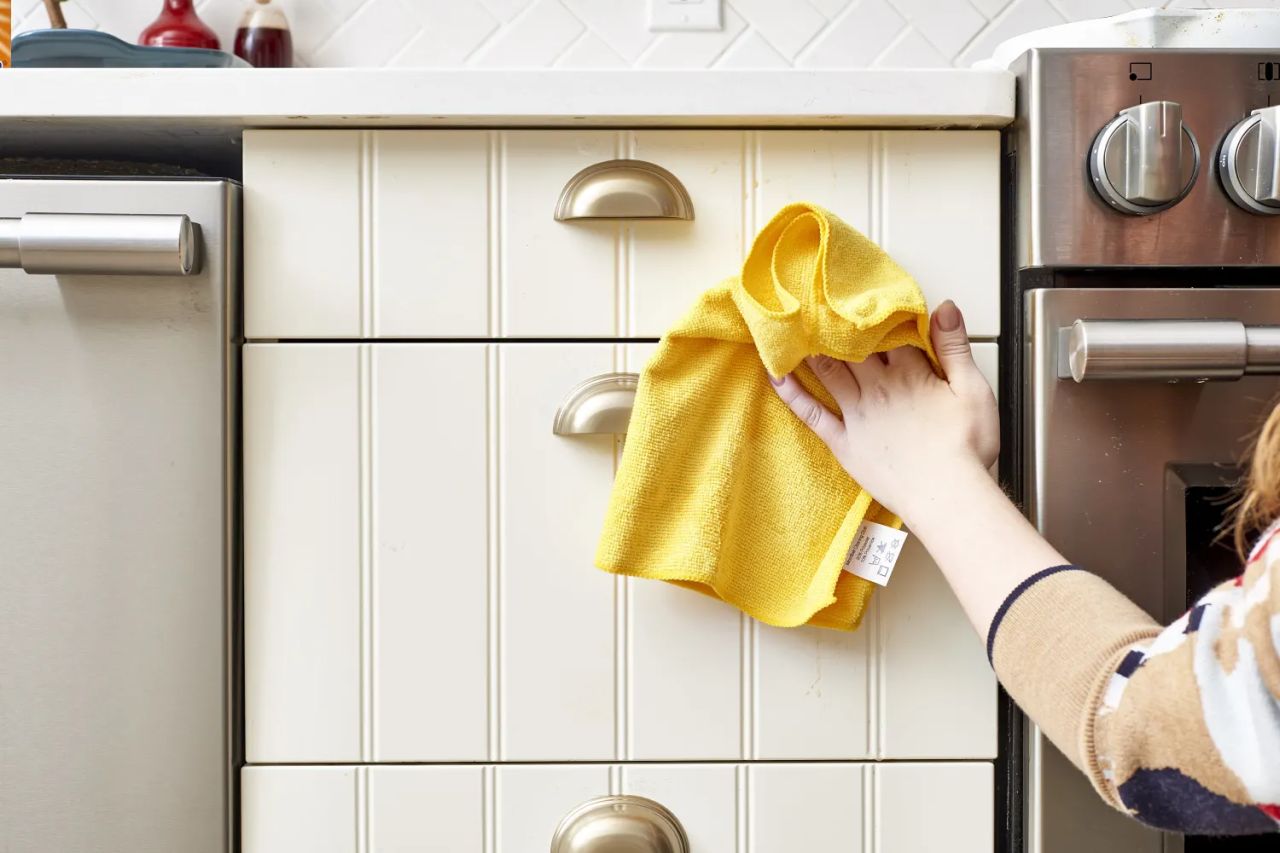
Food Splatters
Food splatters are a part of every kitchen. No matter how careful you are, there will be spills. Maybe some ketchup landed on a cabinet door, or a countertop spill dripped down the base cabinets, and you forgot that it happened, leaving a stain out of notice until the cleaning time. These food messes are best wiped with a damp cloth as soon as possible, or you can apply a paste of baking soda and water to the stained area. Let it sit for a few minutes before wiping it away clean.
Water Stains
Water stains are not very common. But if you have hard water, water stains on cabinets could be a common problem when you clean them. To prevent this from happening, switch from tap water to distilled water when you are cleaning the cabinets.
How to Clean Painted Kitchen Cabinets
With a rise in the popularity of painted kitchen cabinets, it is wise to know how to clean them properly, without chipping off the paint. If you have painted cabinets in your kitchen.
Here are a few tips to clean painted kitchen cabinets:
- Mix one part water with two parts baking soda. This is an easy, budget-friendly, and readily available spot cleaner. Apply the paste onto the stained part, let it sit for a few minutes, and then wipe clean. Scrub with a clean cloth to buff out any remaining residue
- To clean the greased kitchen cabinets that are painted, use a dampened cloth with diluted ammonia. Gently wipe the affected area until the stain comes off or is visibly less noticeable
- These two methods allow you to clean the painted cabinets without damaging the paint job. However, when the paint starts chipping off, know that it is time to repaint
How to Clean Wood Kitchen Cabinets
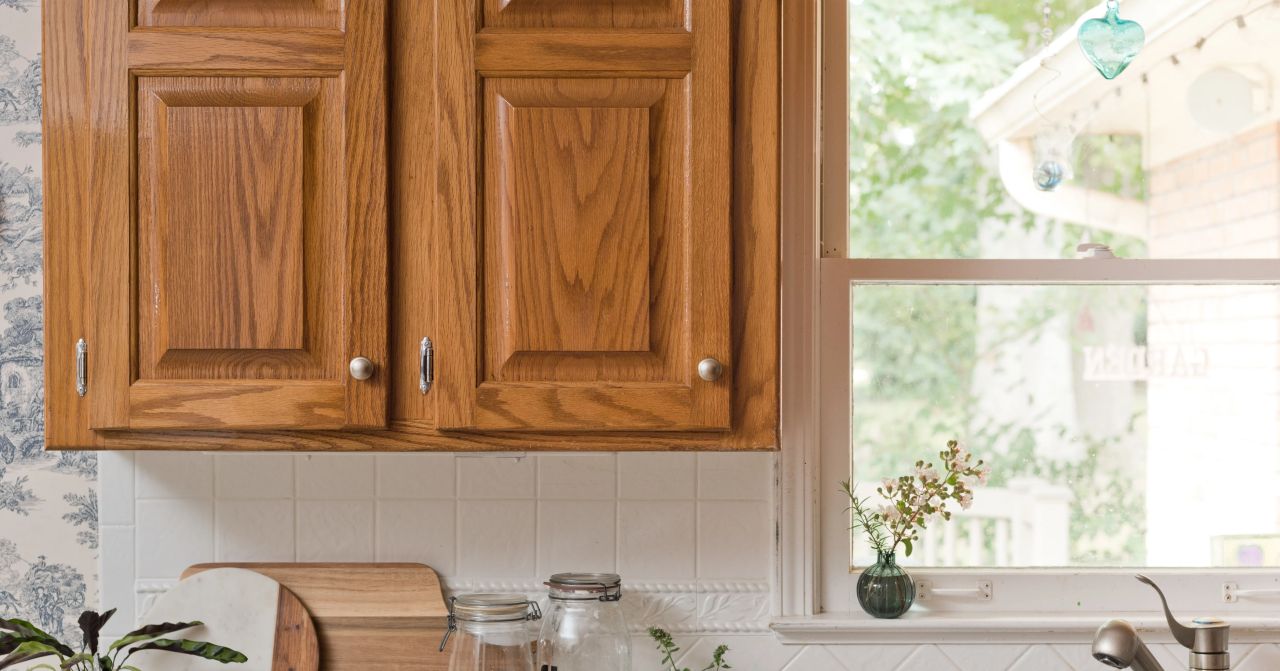
Wood kitchen cabinets come in different finishes with various seals, which makes it tricky to determine how to clean them. Regardless of the type, it is best to use gentle cleaners on wood cabinets to be safe.
Here are the tips for cleaning wood kitchen cabinets:
- Oil soaps, such as Murphy Oil Soap, are the best to clean and shine your wood cabinets. Such oil soaps are a non-abrasive solution that will make the cabinets look new without any damage to the material
- You should always use a damp cloth when cleaning wood cabinets, not a soaked one. If you use too much liquid, it could damage the wood
- When wiping or polishing the wood cabinets, ensure to use a dry microfiber cloth. Always wipe with the grain of the wood to prevent any harm to the material
How to Clean Laminate Kitchen Cabinets
Laminate is a forgiving material, making it a preferred choice for many. The material is low maintenance and responds well to most cleaners. Regardless, cleaning laminate kitchen cabinets is somewhat similar to wood cabinets.
Here are the tips for cleaning laminate kitchen cabinets:
- You should avoid using abrasive cleaning solutions, pads, or scrubs when cleaning laminate cabinets. It could scratch the surface and damage it
- Always wipe these cabinets with an all-purpose cleaning wipe or diluted vinegar. Pat it dry with a clean cloth
- You can use the same method as the painted cabinets to remove stains: a paste of baking soda and water. Let it sit for a few minutes, and then wipe it clean
How to Clean Glass Kitchen Cabinets
Glass cabinets are paired with another material to create a paned door. Although the material is simple to clean, it is wise to choose a gentle cleaning agent that won’t damage both the glass and the adjacent cabinet material.
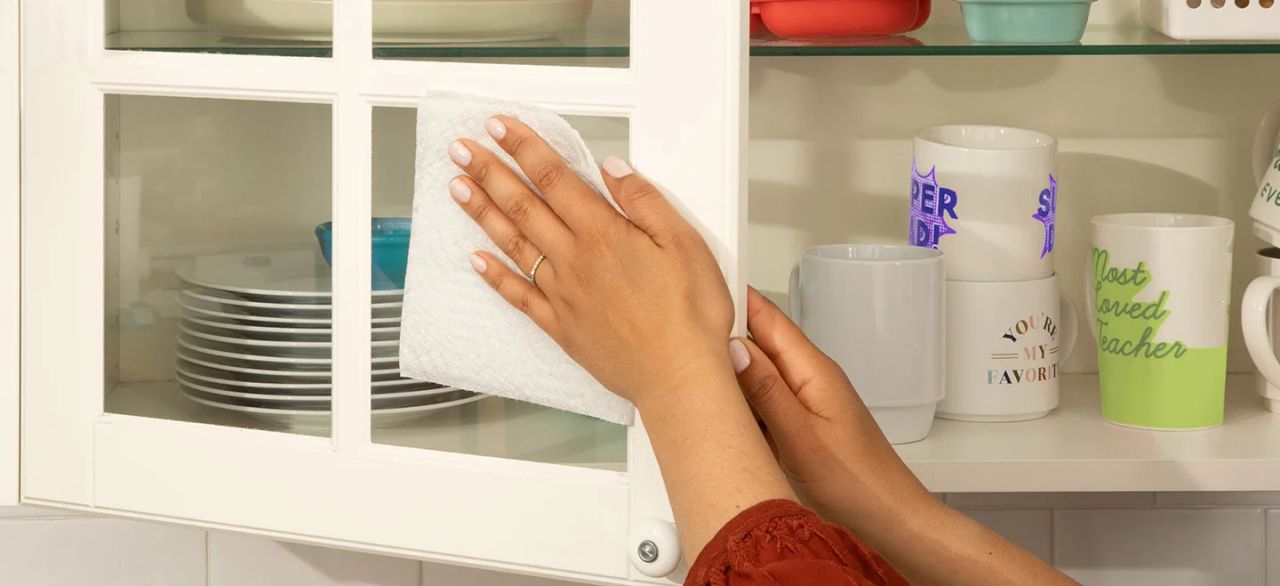
Here are the tips for cleaning glass kitchen cabinets:
- Use a glass cleaner and a polishing cloth to remove fingerprints and other marks from the glass panes. Open the door and clean the glass from the inside as well
- You can also use a homemade solution of equal parts white vinegar and warm water for a natural and effective glass cleaner
- Once you are done cleaning it with a solution, use a dry, lint-free cloth to remove any residue and prevent streaks that can mar the look of the material
Dos and Don’ts of Cleaning Kitchen Cabinets
There are certain dos and don’ts of cleaning kitchen cabinets. Until you understand them, you may unknowingly harm the cabinet materials.
Dos
- Dust the cabinets at least once every two weeks with a soft cloth, rag, or standard duster
- Clean up spills as soon as possible with a damp cloth or sponge. The longer you wait, the stubborn the stains get
- Use mild, pH-neutral cleaners. A simple solution of mild dish soap and warm water is usually enough for most cabinets
- Dry the cabinets thoroughly after cleaning, especially if you are using a damp cloth
Don’ts
- Don’t use harsh chemicals, bleach, and ammonia to clean the kitchen cabinets, as they can damage or discolor the cabinet finish
- Don’t use steel wool, rough scrubbers, or abrasive sponges, as they can scratch the surface and damage it
- Don’t use excessive water or leave cabinets wet for extended periods
- Don’t keep heat-producing appliances like coffee makers and toasters near the cabinets, as the excess heat and moisture can damage the cabinet surfaces
How Often to Clean Kitchen Cabinets
Your kitchen cabinets will thank you if you wipe them down every week. This ritual helps prevent the stubborn buildup of grease and stains. If you can’t do that, the next acceptable time frame is twice a month.
For deeper cleaning, clean the cabinets at least once every two months. If timing or the work amount seems overwhelming, you can tackle one cabinet at a time to make the process easier.
Follow Homecrux on Google News!
